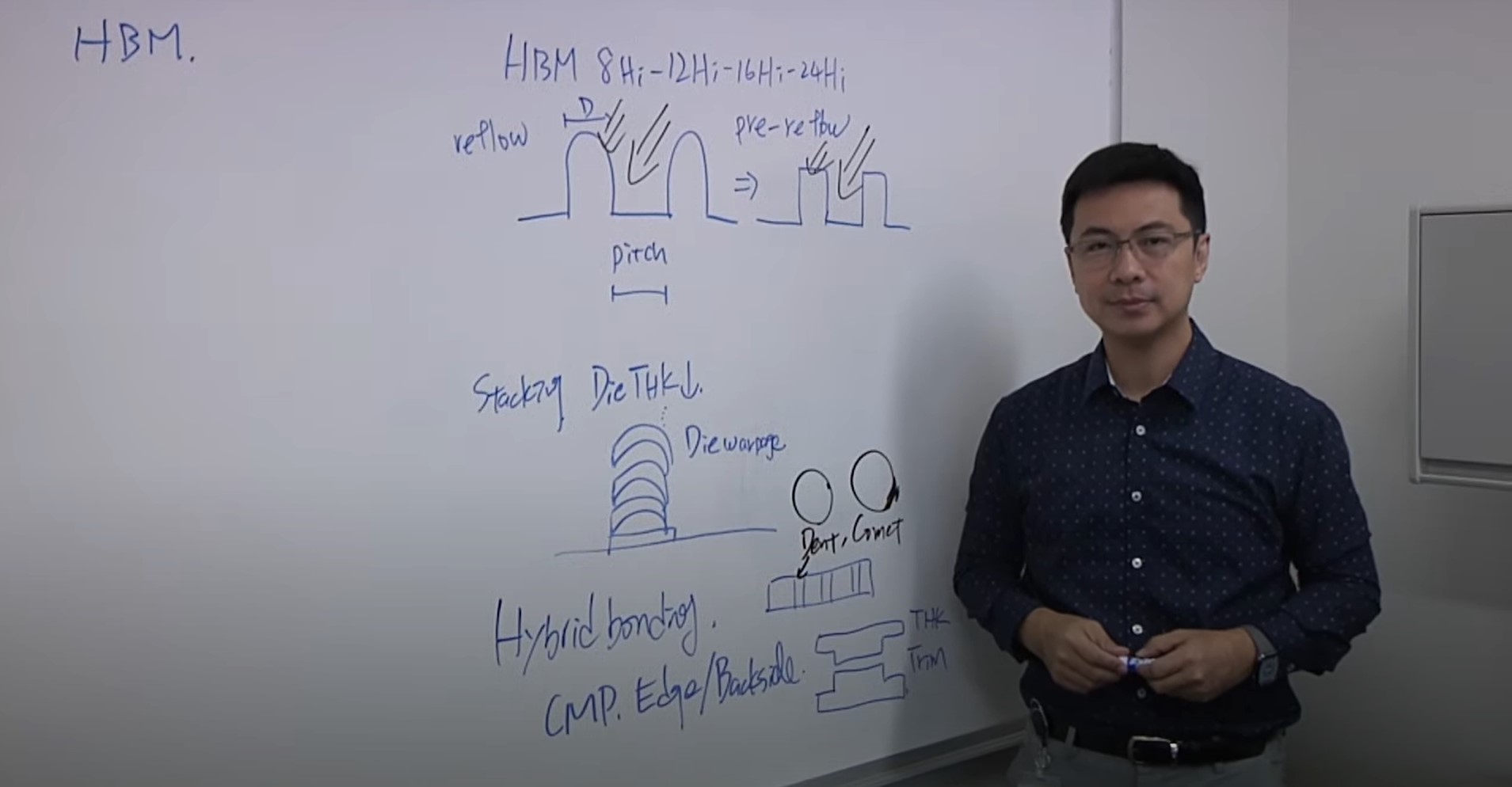All great voyages must come to an end. Such is the case with our series on the challenges facing the manufacturing of advanced IC substrates (AICS), the glue holding the heterogeneous integration ship together.
In our first blog, we examined how cumulative overlay drift from individual redistribution layers could significantly increase overall trace length, resulting in higher interconnect resistance, parasitic effects and poor performance for high-speed and high-frequency applications. To address this, layer to layer overlay performance data needs to be monitored at each layer. If the total overlay error exceeds specifications at any process step, and at any location on the panel, corrective action must be taken to mitigate the drift in total overlay.
For this second installment, we explored the issue of AICS package yield and its importance in fostering a cost-effective, production-worthy process. Unlike most fan-out panel-level packaging (FOPLP) applications, AICS has relatively few packages per panel. This enormous disparity impacts yield calculations dramatically. In the AICS production process, the main challenge is the real-time tracking of yield for every panel, at every layer, throughout the fab. The solution: using advanced automatic defect classification (ADC) and yield analytics to quickly address errors.
In this final article of the series, we explore how overlay correction solutions compensate for panel distortion effects induced by copper clad laminate (CCL) processing, which impacts yield and final package performance.
Across the semiconductor industry, advanced integrated circuit (IC) substrate (AICS) supplies are low. The causes vary, from a limited number of suppliers who can meet performance requirements, to constrained production capacities, and increased demand resulting from the adoption of high-performance mobile devices, as well as advanced technologies like artificial intelligence (AI) and high-performance computing (HPC). And without question, the ongoing shortage of Ajinomoto buildup film (ABF), a necessary component of many AICS, plays a significant role as well. One area where this shortage of ABF and AICS is having a significant impact is in the manufacturing of flip-chip ball grid array (FC-BGA) packages—the most advanced substrates to meet the electrical and thermal requirements for IC chips with high numbers of I/Os.
To address the substrate shortage, suppliers of FC-BGA substrates are ramping up capacity. However, that acceleration comes with high costs due to the fact that the AICS process is burdened by low yields resulting from the presence of defects that are left undetected by many macro inspection systems. Furthermore, that inability to detect certain defects is potentially magnified as each new layer of ABF on the FC-BGA substrate is built up. In some cases, the number of layers of build-up may reach 20. With each additional layer, the potential for killer defects increases, whether the cause is ABF residue in laser-drilled vias, poor dry-film resist development, or the under and over-etching of Cu seed.
No matter how you get your news, it seems like everyone is talking about AI – and it’s either going to usher in a new era of productivity or lead to the end of humankind itself. Regardless, the AI era is here, and it’s just beginning to have an impact on our lives, our jobs and our future.
To meet the rigorous demands of AI – along with high-performance compute, 5G and electric vehicles – the semiconductor industry is seeking out new innovations to increase speed, bandwidth and functional density, lower energy usage, cost and latency. At the top of the list: heterogeneous integration. And to make heterogeneous integration a reality, back-end packaging houses use advanced integrated circuit substrates (AICS).
In a previous blog, we focused on one of the major challenges of manufacturing AICS – total overlay drift. For this second installment in our three-part series on packaging solutions, we explore the issue of AICS package yield and its importance in fostering a cost-effective, production-worthy process.
Packaging is becoming more and more challenging and costly. Whether the reason is substrate shortages or the increased complexity of packages themselves, outsourced semiconductor assembly and test (OSAT) houses have to spend more money, more time and more resources on assembly and testing. As such, one of the more important challenges facing OSATs today is managing die that pass testing at the fab level but fail during the final package test.
But first, let’s take a step back in the process and talk about the front-end. A semiconductor fab will produce hundreds of wafers per week, and these wafers are verified by product testing programs. The ones that pass are sent to an OSAT for packaging and final testing. Any units that fail at the final testing stage are discarded, and the money and time spent at the OSAT dicing, packaging and testing the failed units is wasted (figure 1).
For years, many in the semiconductor industry have focused on the march toward advanced nodes. As these nodes have decreased in size, the size of input/output (I/O) bumps on the chip has grown smaller. As these bumps shrink, their ability to mate directly to printed circuit boards (PCB) diminishes, which, in turn, leads to the need for an intermediary substrate. Enter the advanced IC substrate (AICS).
The use of AICS also enables advances in panel-level packaging and the rise of chiplet-based architectures, where the final product is an assembled composite of multiple die supporting the core central processing unit (CPU) or graphics processing unit (GPU). These additional die may be memory elements, analog devices or other functions. All these die can be co-packaged on the AICS, which allows multiple die with small I/O contacts to be assembled and redistributes them to larger contact bumps compatible with a PCB.
With panel-level packaging, manufacturers can deliver packages offering faster data transfer, greater heat dissipation, less power consumption and increased functionality. And unlike the front-end where higher resolution involves ever smaller patterns, package sizes are only increasing in size.
For decades, Moore’s Law has been a way to measure performance gains in the semiconductor industry, but the ability to double the density of transistors on a chip every twoyears is becoming increasingly challenging. With scaling reaching its limit, manufacturers are looking to advanced packaging innovations to extend the performance gains that the industry, and the world at large, have grown to depend on. Cu-to-Cu hybrid bonding is one way the industry is looking to extend ever-increasing I/O density and faster connections, all while using less energy.

